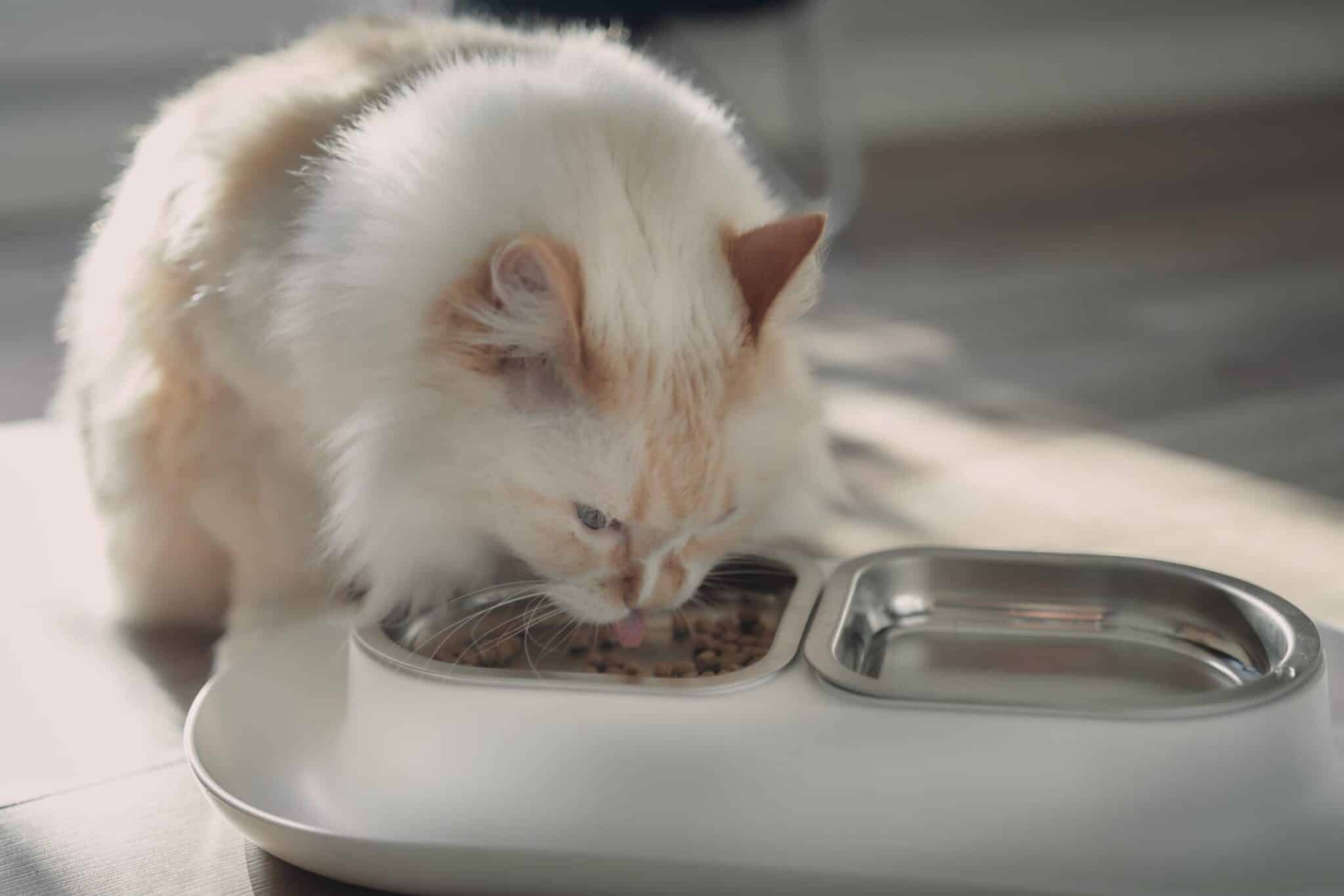click to skip ahead
if your cat seems a little less sprightly and active than usual, it can be a cause for concern. some health issues could cause mobility issues in cats, but one condition fairly common in mature cats is arthritis. arthritis can slow your cat down and make them reluctant to engage in once-loved playtime activities.
in this post, we explore arthritis in cats—causes, how it’s treated, and how you can make your cat’s life more comfortable.
what is cat arthritis?
technically known as “osteoarthritis”, cat arthritis is a condition that causes your cat’s joints to degenerate and become inflamed. it can affect one or more joints, most commonly in the legs but any joints in the body can be affected. if your cat seems to be in pain or discomfort when up and about and has started to struggle to get up on their cat tree or use the stairs, they may be suffering from arthritis.

the 4 common causes of arthritis in cats
arthritis can develop in cats because of lifestyle factors, age, and genetics. these are the most common causes:
1. injuries
if your cat has had an accident at some point in their life, they may have sustained joint, muscle, or cartilage injuries that have led to arthritis.
2. obesity
according to research, the white fat that builds up when a cat is overweight gives off inflammatory hormones, thereby worsening the inflammation and pain of arthritis. being overweight can contribute to abnormal joint loading which can hasten the disease’s progress.

3. genetics
though arthritis can affect any breed, some cat breeds are genetically more susceptible to developing the condition, like persians, himalayans, and siamese cats. the condition can also come about if the joints develop abnormally during the growth stage.
4. age
cats of any age can have arthritis, but it is more common in older cats. this is because the joints and cartilage may wear down with age.

symptoms of arthritis in cats
there are quite a few telltale signs of arthritis in cats, but every cat experiences them differently. the symptoms may also fluctuate and vary over time. it’s important to remember that cats are pretty accomplished at hiding pain, so even if they’re not crying out in pain, it doesn’t mean that they’re not hurting. the symptoms may also be subtle. symptoms include:
- struggling or reluctance to go up or down the stairs
- struggling or reluctance to jump up or down from something
- struggling to use the litter box properly
- limping or lameness
- stiffness in the legs
- being less active than usual
- reluctance to be touched on certain areas of the body
- becoming unusually aggressive or grumpy
- sleeping a lot and/or withdrawing
- swollen and painful joints
if you spot any of the above symptoms in your cat, get in touch with your vet to arrange a checkup as soon as possible.

how is arthritis in cats diagnosed?
a vet diagnoses arthritis by performing a physical examination. they will check for joint deformity, fluid in the joints, instability or restriction of the joints, and difficulty with motion, among other things. the diagnosis is confirmed by conducting an x-ray.
how is arthritis in cats treated?
treatment options are varied and will depend on the severity of your cat’s arthritis. in some cases, surgery is required, but not always. your vet may recommend:
- non-steroidal anti-inflammatory drugs
- pain-relief medication
- joint protectants
- joint supplements (omega 3, glucosamine)
- physical therapy
- acupuncture
- surgery
- a special diet

how can i help my cat with arthritis at home?
seeking veterinary attention should always be your first step, but there are things you can do between vet visits to help your cat feel more comfortable at home. here are some tips:
- provide raised food and water bowls so they don’t have to bend to eat and drink.
- provide a soft, comfortable bed that’s easy for your cat to get in and out of. you may want to consider an orthopedic memory foam bed.
- get a litter box that’s easy for them to use, like one with a lowered side.
- keep your cat nice and warm to keep the cold out of their joints. you might want to provide a heating pad in winter.
- avoid overfeeding to prevent obesity that can worsen your cat’s arthritis.
- set up ramps to help your cat get up and down those hard-to-reach spots that they love (your bed, sofa, etc.).
- consult your vet to talk about the best kind of food to keep your cat’s weight down and their joints in as good shape as possible.
the practical things aside, don’t forget to pamper your kitty! spend time with them, brush them with a soft brush, and spoil them with petting sessions (avoiding areas that might be painful, of course). your cat is sure to appreciate the extra attention as a distraction from the discomfort.

if you need to speak with a vet but can’t get to one, head over to pangovet. it’s an online service where you can talk to a vet online and get the personalized advice you need for your pet — all at an affordable price!
final thoughts
the best way to prevent arthritis from developing in your cat is to feed them a healthy, nutritious diet and make sure they’re well-exercised to keep their weight down. if your cat is showing signs of arthritis, take them to your vet for diagnosis and to find out how best to treat the condition. the good news is that many cats live long, happy lives when their arthritis is appropriately managed.
related reads:
- sudden onset (septic) arthritis in cats: signs & care guide (vet answer)
- 8 cat breeds prone to arthritis (vet approved facts & faq)
featured image credit: stock-asso, shutterstock











